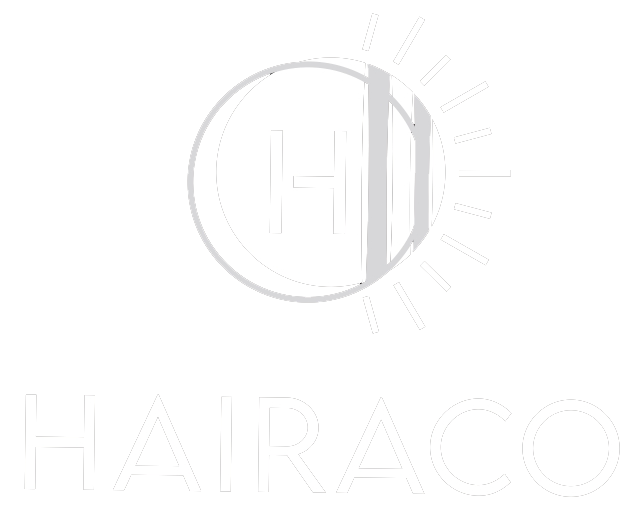The art of hair coloring has evolved into sophisticated techniques, allowing for creativity and precision like never before. One of the most effective tools in achieving flawless, layered color effects is the hair coloring board. This article delves into mastering layered color techniques using hair coloring boards, a must-know for any professional stylist or color enthusiast.
Understanding Hair Coloring Boards
Hair coloring boards are flat, usually plastic or metal, tools specifically designed to support and separate sections of hair during the coloring process. They provide a solid foundation for applying color with greater control and precision, especially when working with complex layered techniques.
The Benefits of Using Hair Coloring Boards
There are numerous benefits to incorporating hair coloring boards into your coloring routine:
- Precision: Boards allow for more accurate placement of color, reducing the risk of bleed-throughs and uneven application.
- Support: They provide a stable surface for easier application of color, especially on longer hair.
- Efficiency: Using a board can speed up the coloring process as it keeps hair sections organized and manageable.
Preparing for Layered Coloring
Before diving into a layered coloring process, proper preparation is key:
- Hair Consultation: Discuss with your client their desired outcome. Understanding their vision will guide your approach to layering and color choices.
- Sectioning: Divide the hair into manageable sections. Use clips to keep the sections organized and separated from one another.
- Tools: Ensure you have all necessary tools at hand: hair coloring boards, brushes, clips, foils, and your selected coloring products.
The Layered Coloring Process
Creating layered color effects involves several steps. Here’s a breakdown of the process:
1. Base Color Application
Begin by applying the base color. Use the board to back sections of hair, allowing you to apply the color evenly and uniformly. The board helps prevent the color from bleeding onto other sections, maintaining clean lines.
2. Adding Dimension with Highlights
Once the base color is set, it’s time to add highlights. Place the board under a new section of hair, isolate strands you wish to highlight, and apply the chosen lighter color. The board provides a firm surface to paint against, ensuring the highlight is precise and controlled.
3. Lowlights for Depth
To add depth, repeat the highlighting process with a darker color for lowlights. This step enhances the multi-dimensional look, giving the hair more movement and fullness.
4. Blending the Colors
After applying all colors, carefully blend them using a brush or comb, always with the board as a support. This blending ensures a natural transition between colors, eliminating harsh lines.
Aftercare and Maintenance
Once the coloring process is complete, advising your client on proper aftercare is crucial to maintaining their new look:
- Use Color-Safe Products: Recommend shampoos and conditioners designed for colored hair to prolong the vibrancy of the color.
- Regular Touch-Ups: Suggest regular touch-ups to keep the color looking fresh and avoid noticeable roots or fading.
- Moisturize: Encourage the use of deep conditioning treatments to keep the hair healthy and hydrated.
Conclusion
Mastering layered color techniques with hair coloring boards can significantly enhance your coloring repertoire. These boards offer precision, control, and efficiency, allowing for beautiful, seamless color transitions. By incorporating this tool into your practice and following a structured process, you can achieve stunning, layered color effects that will delight your clients and set your work apart.

